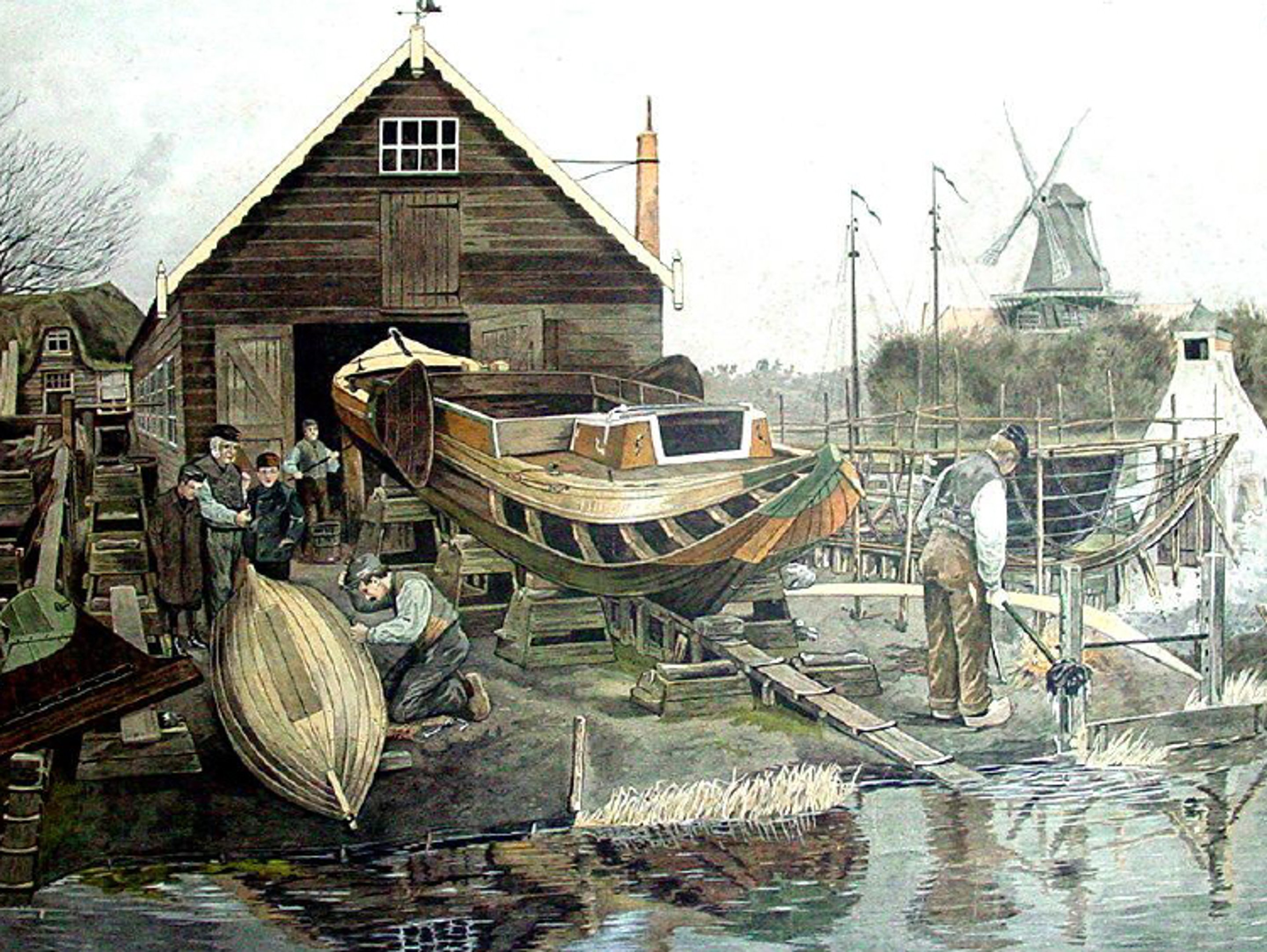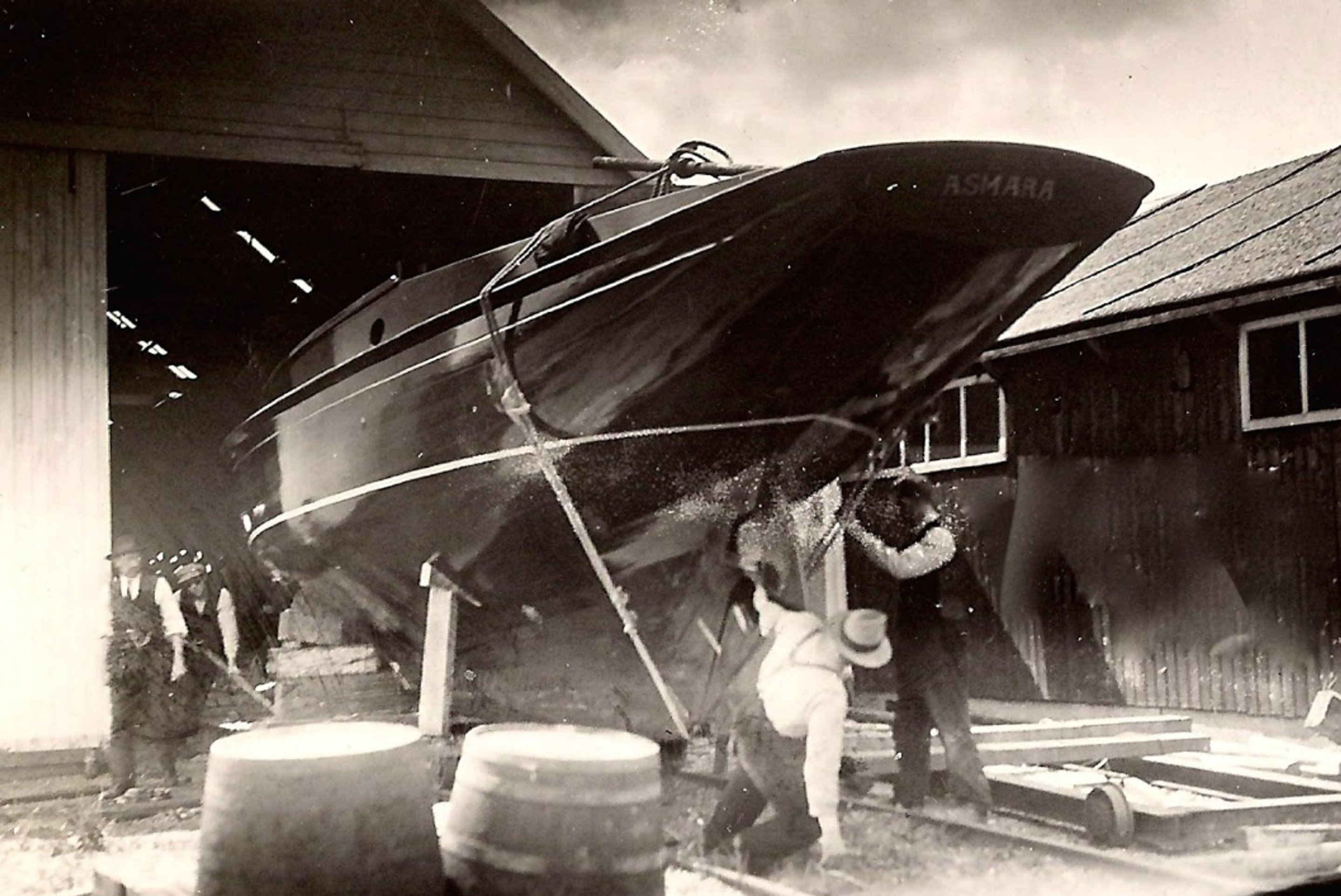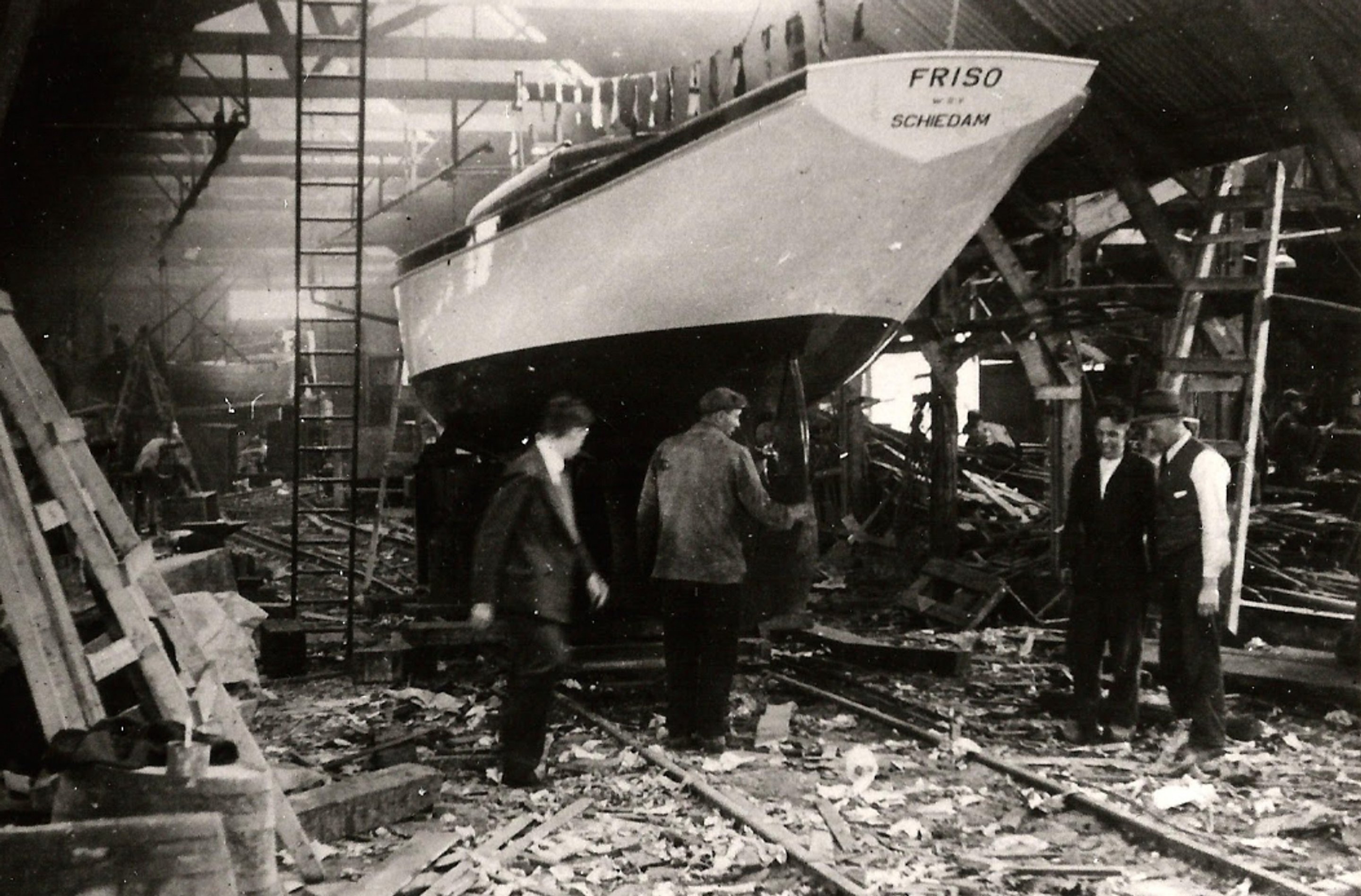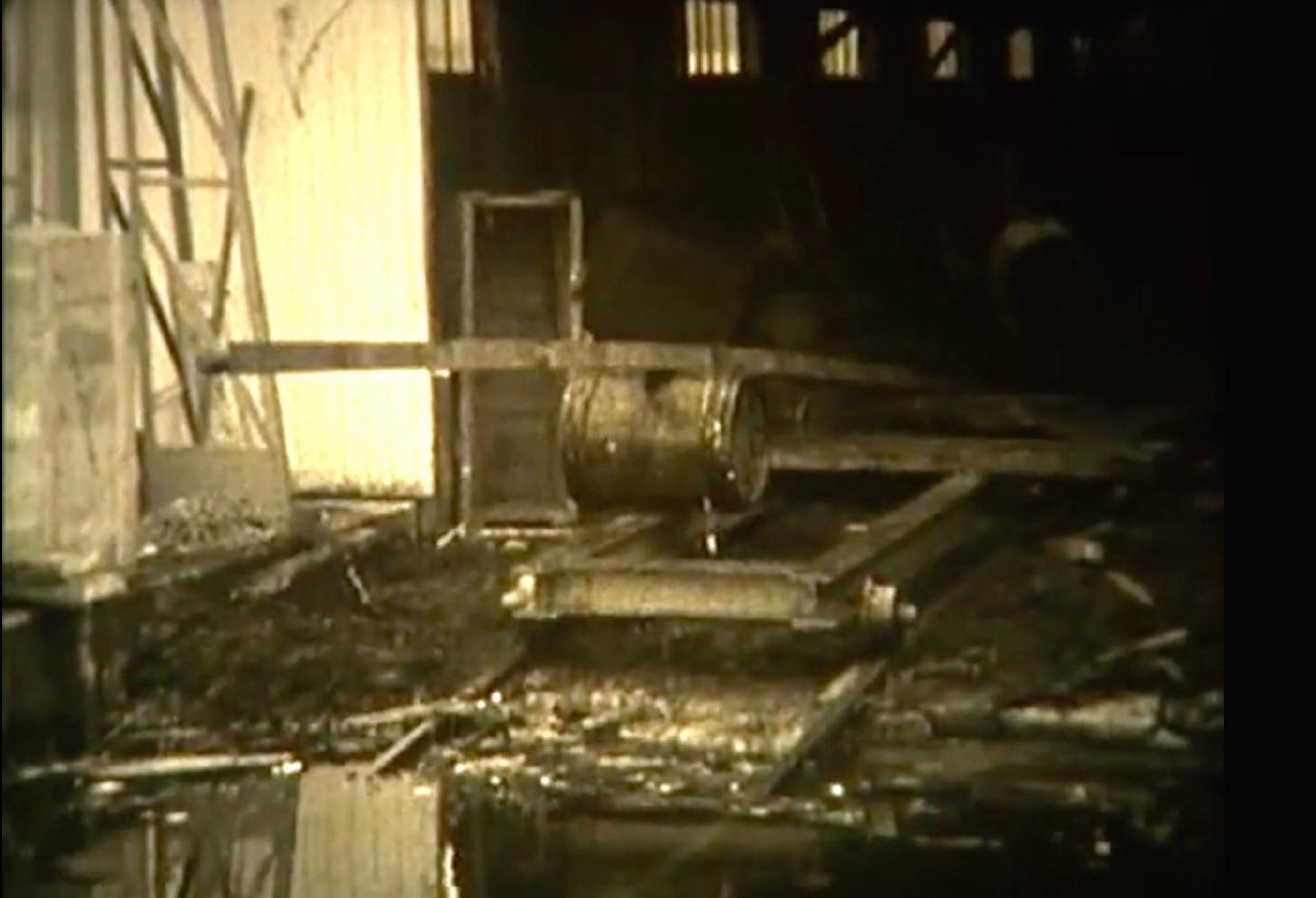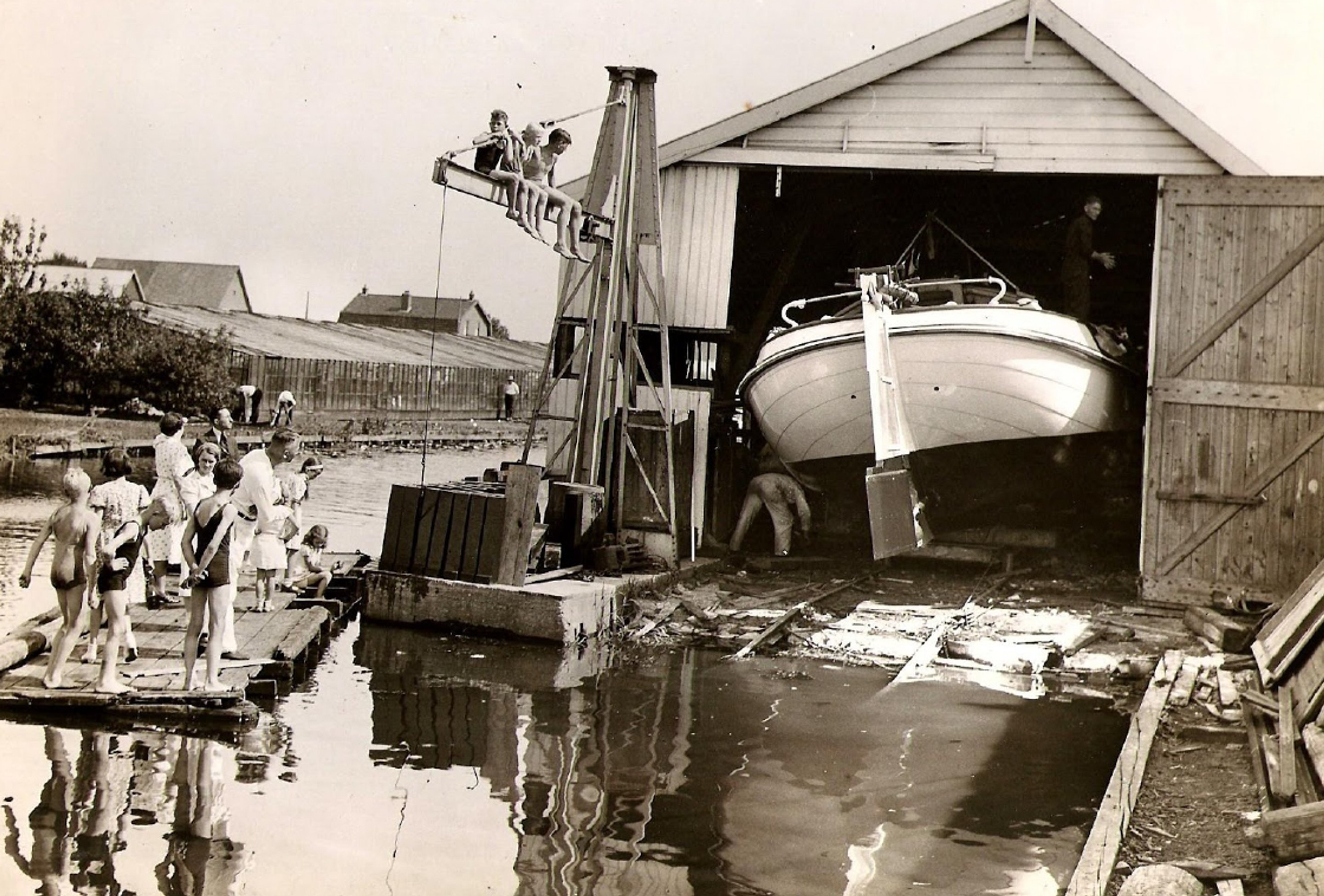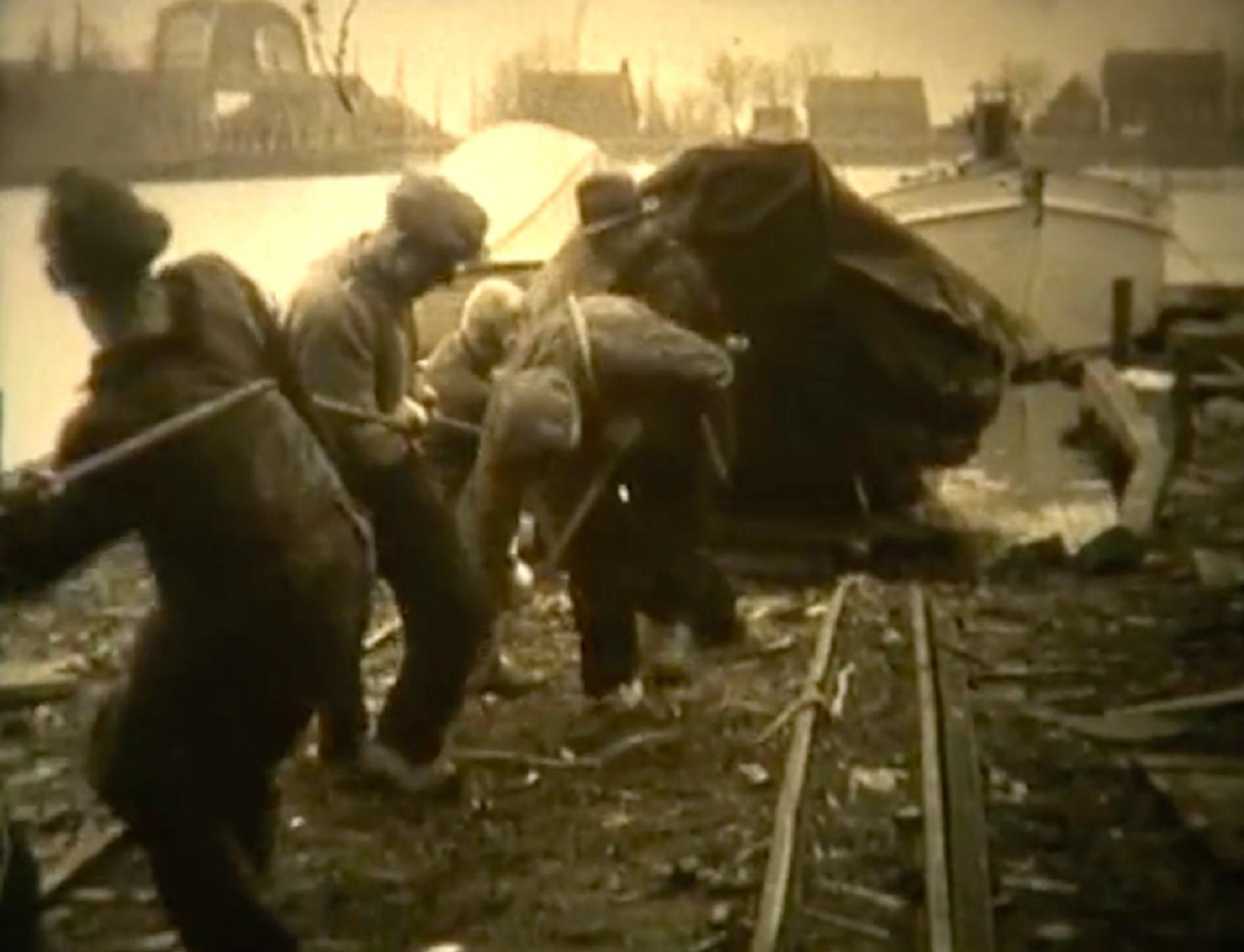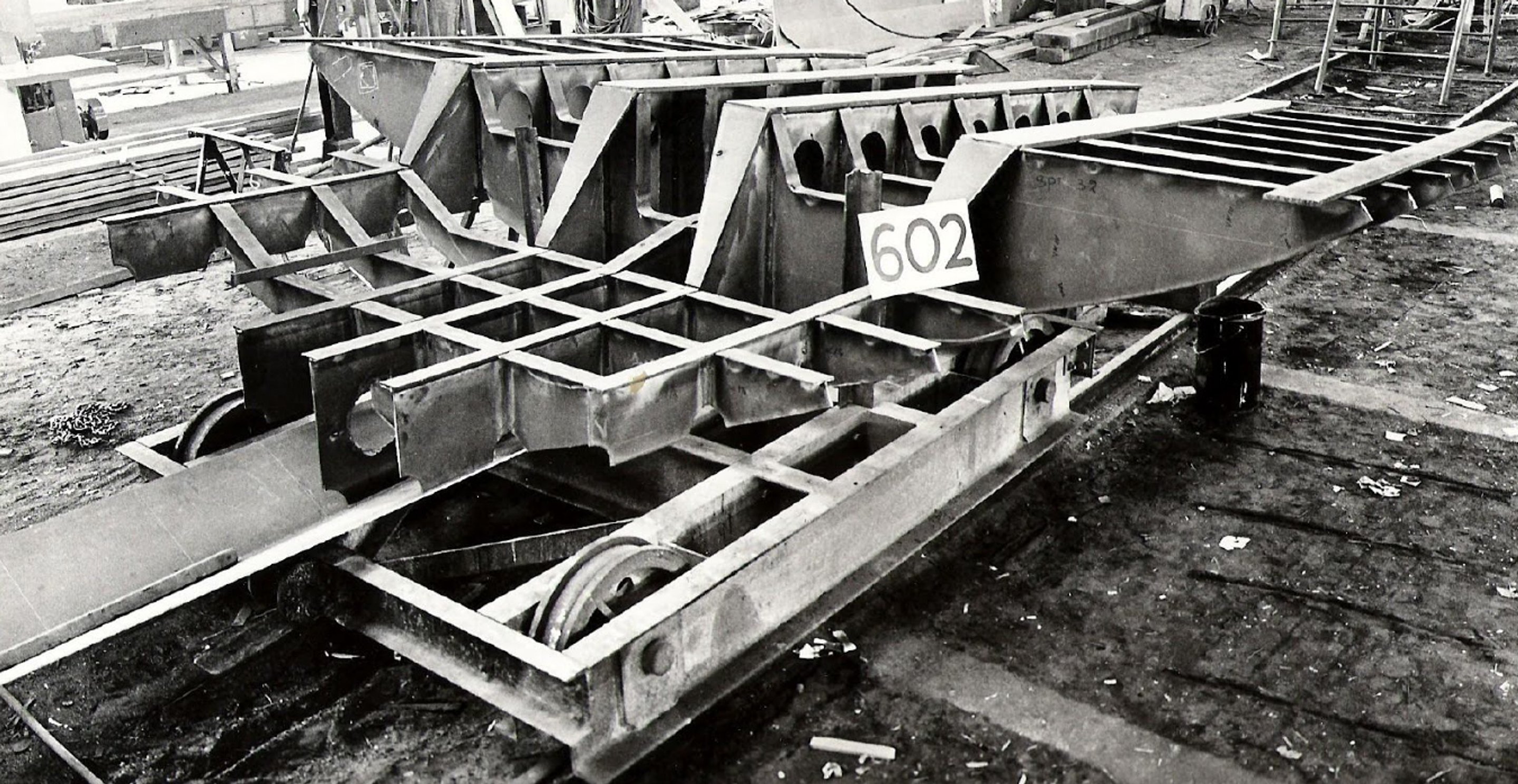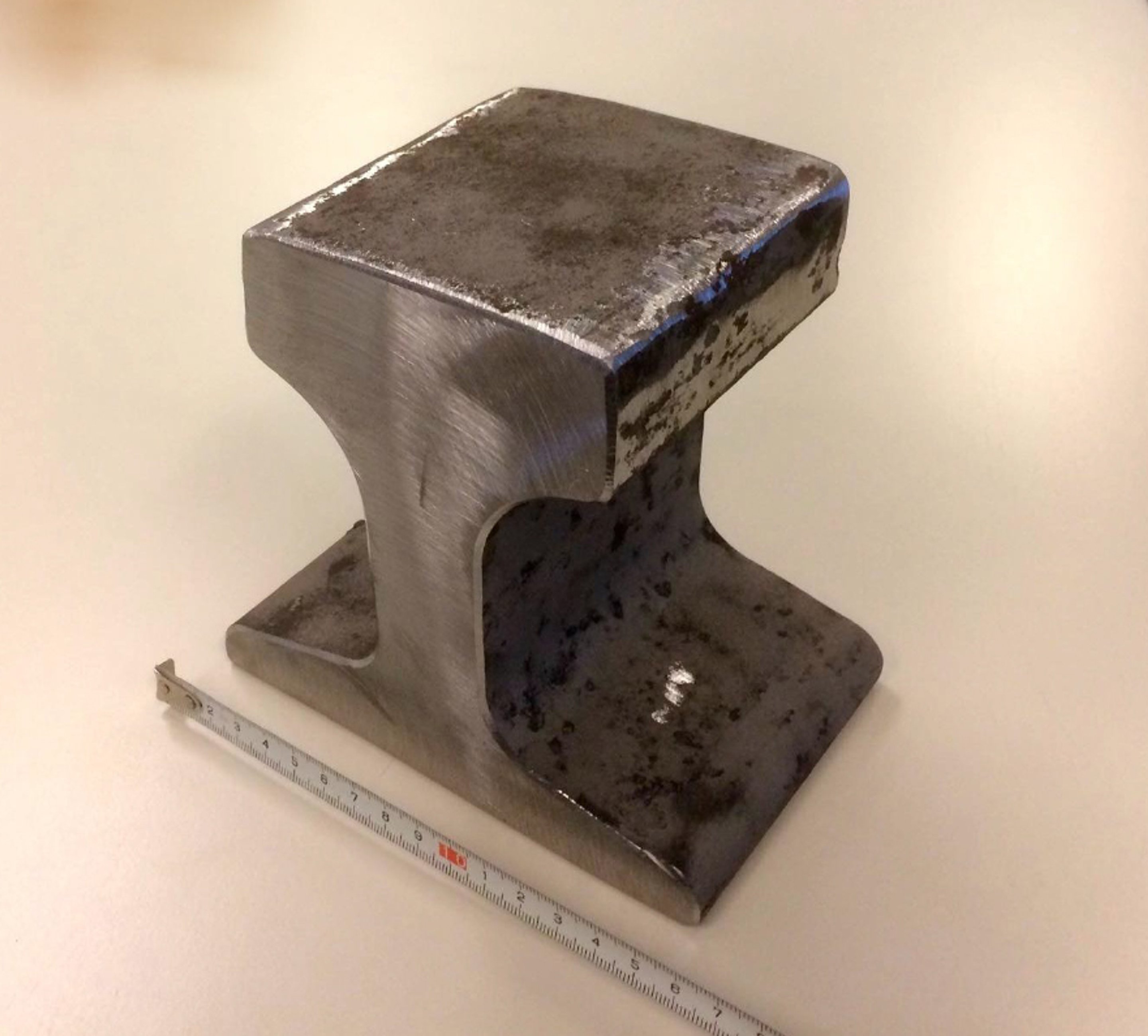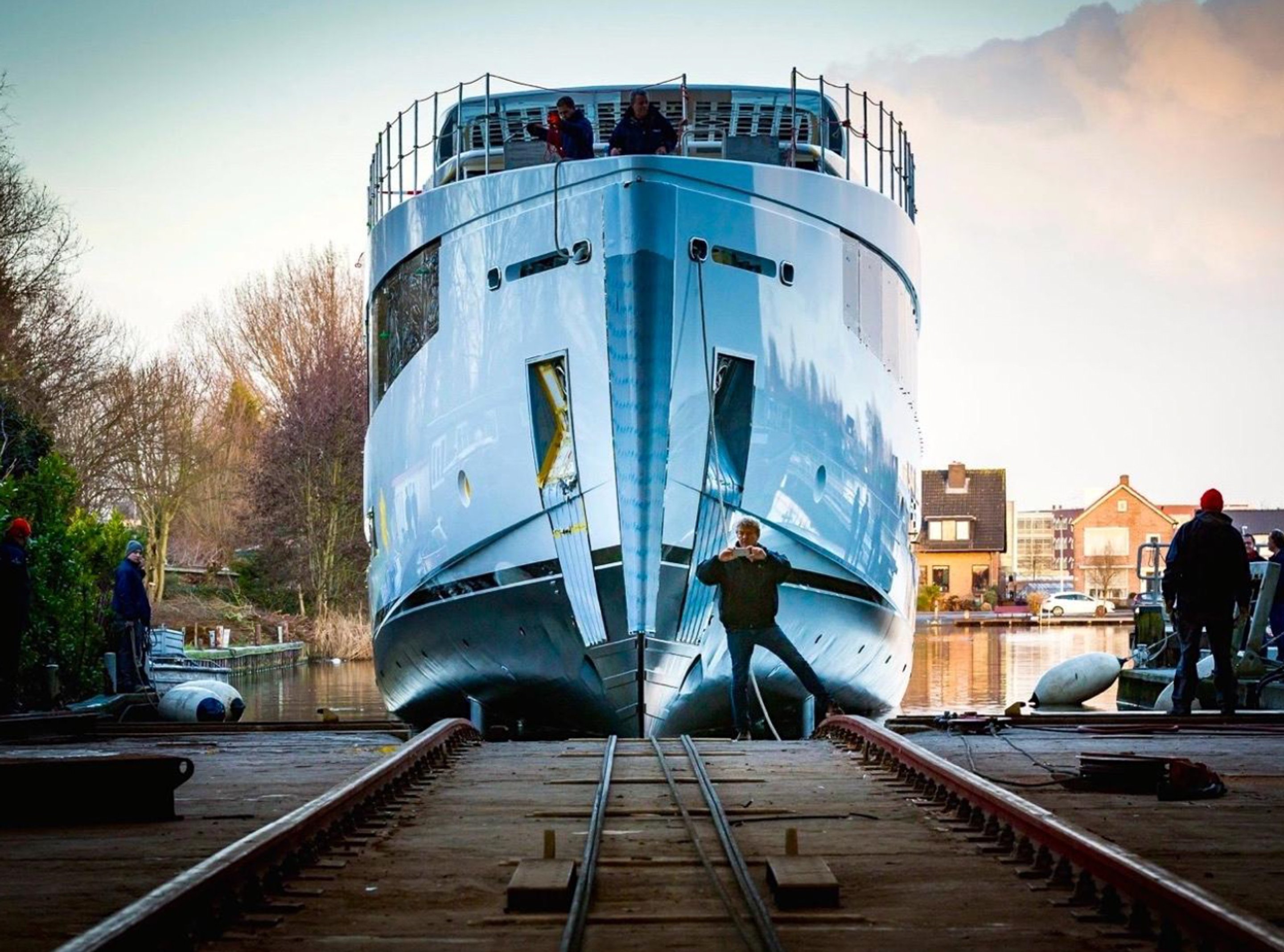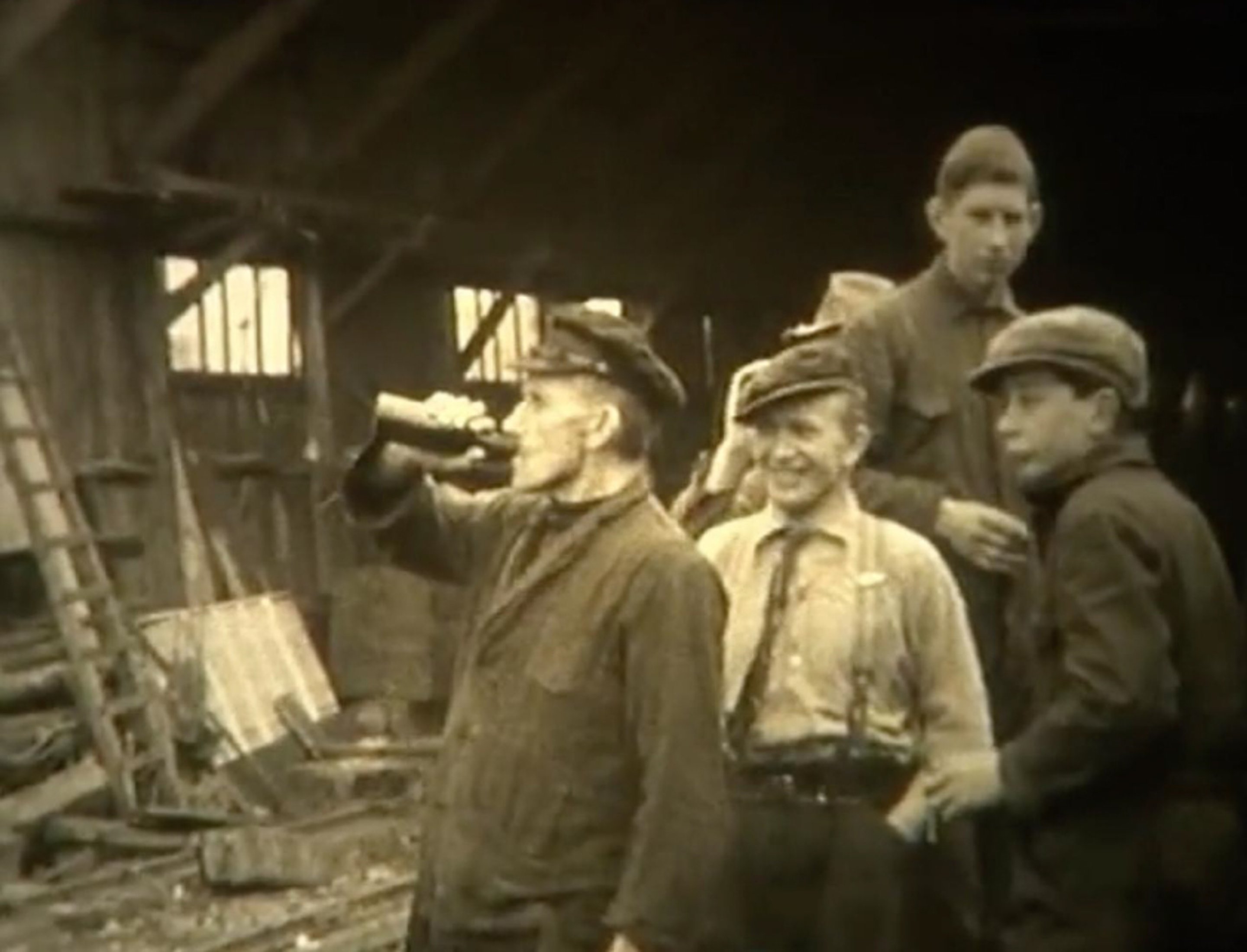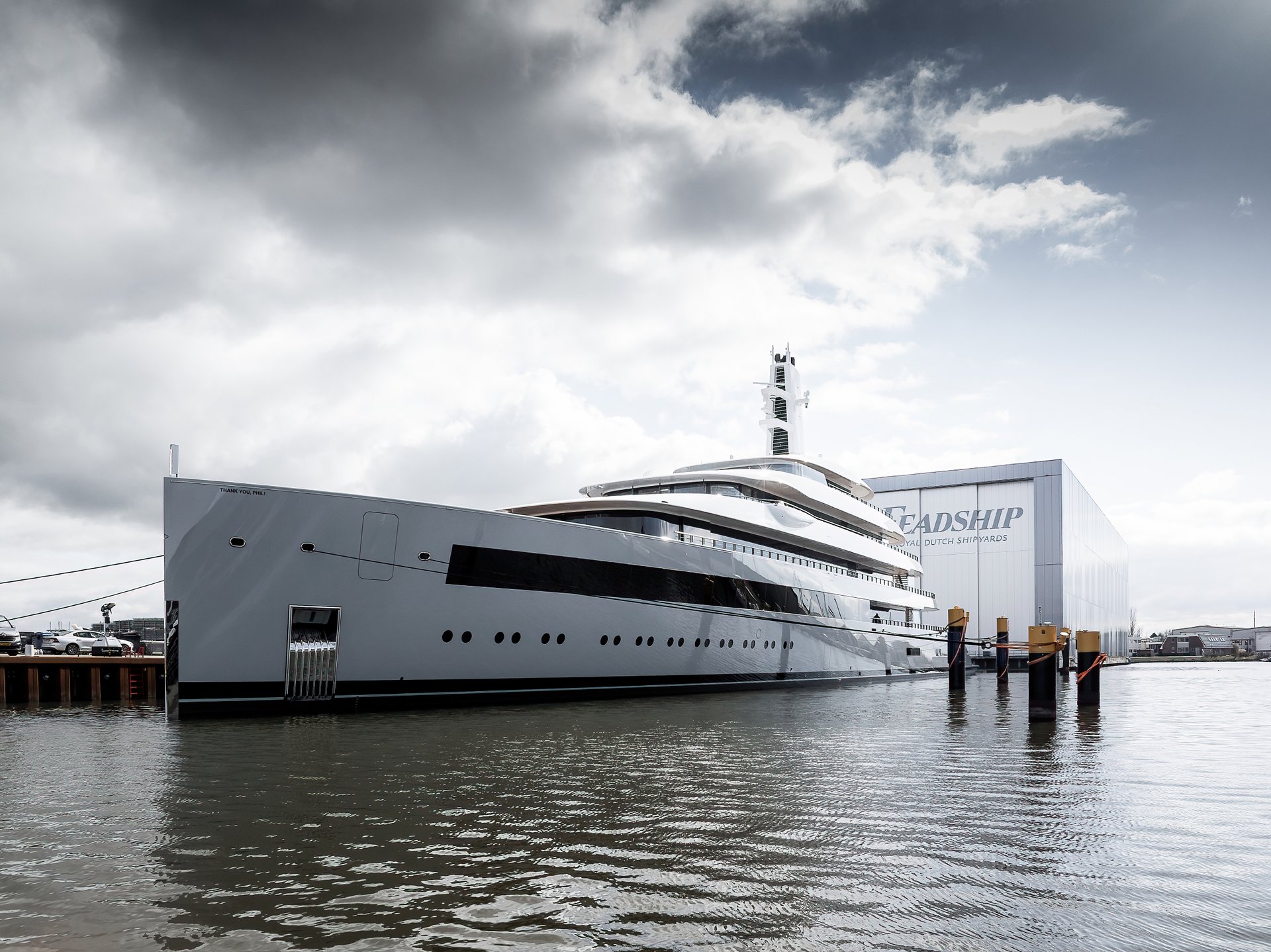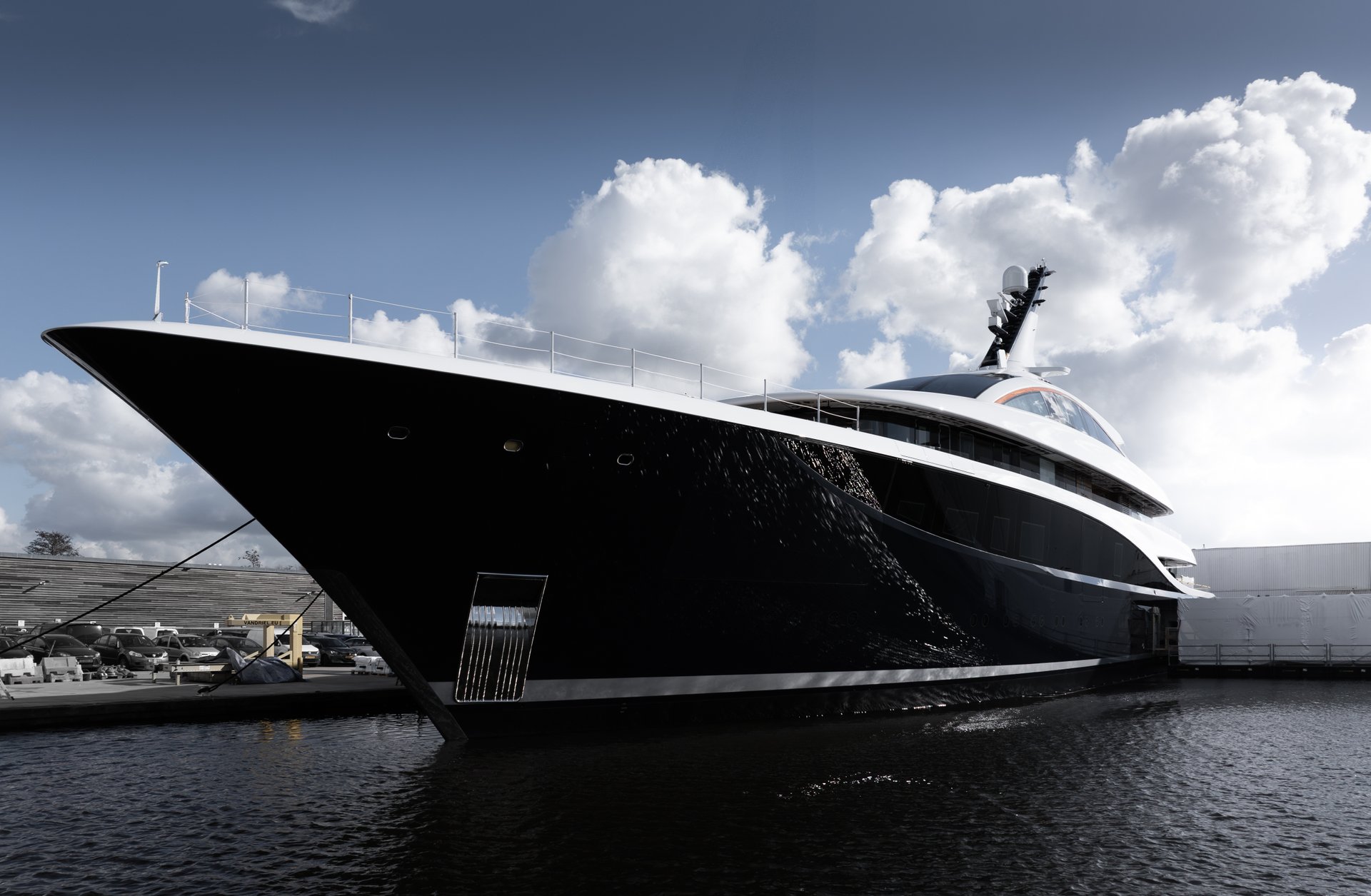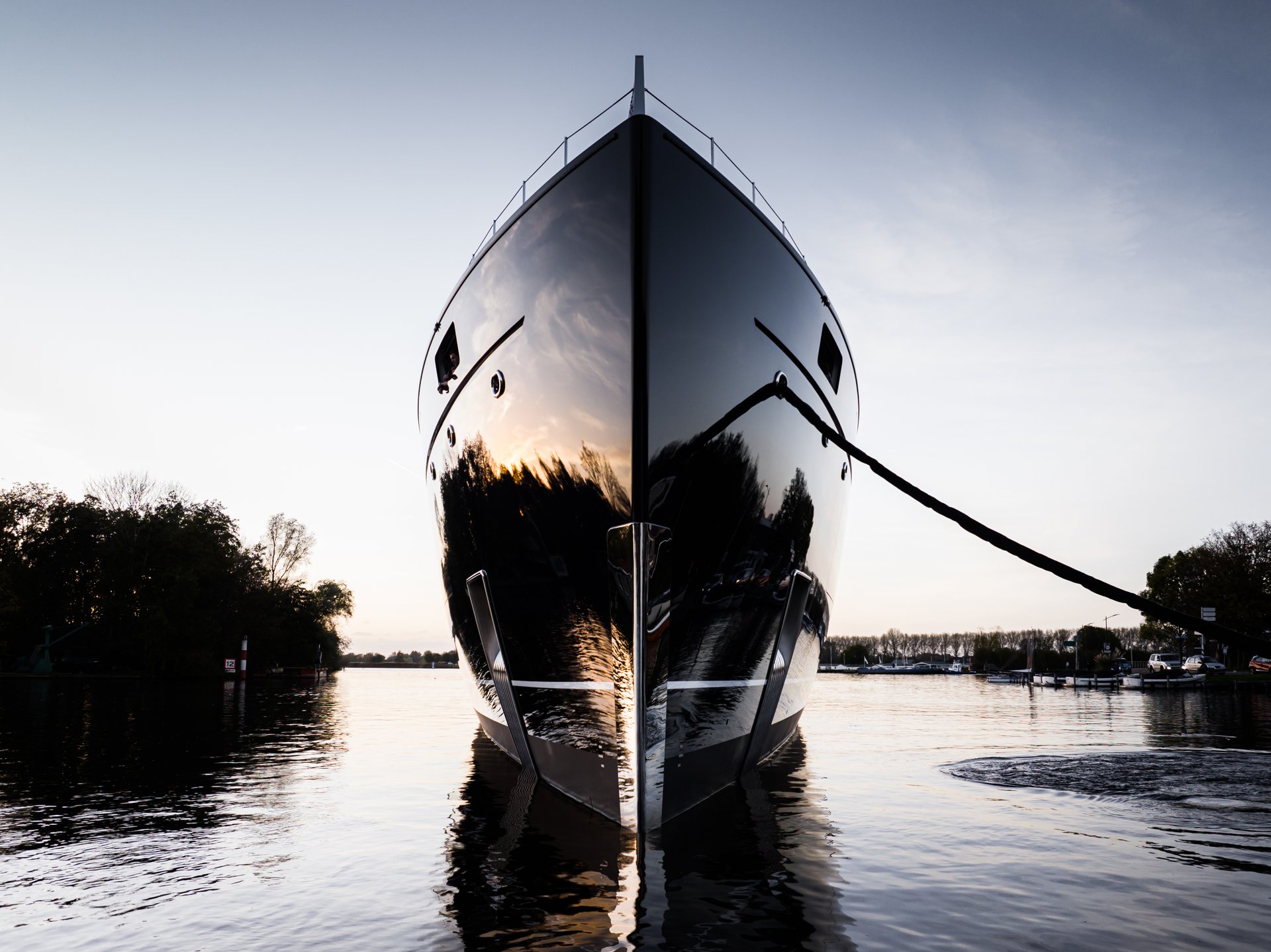Then and now: Third dry dock replaces slipway at Feadship’s Aalsmeer yard
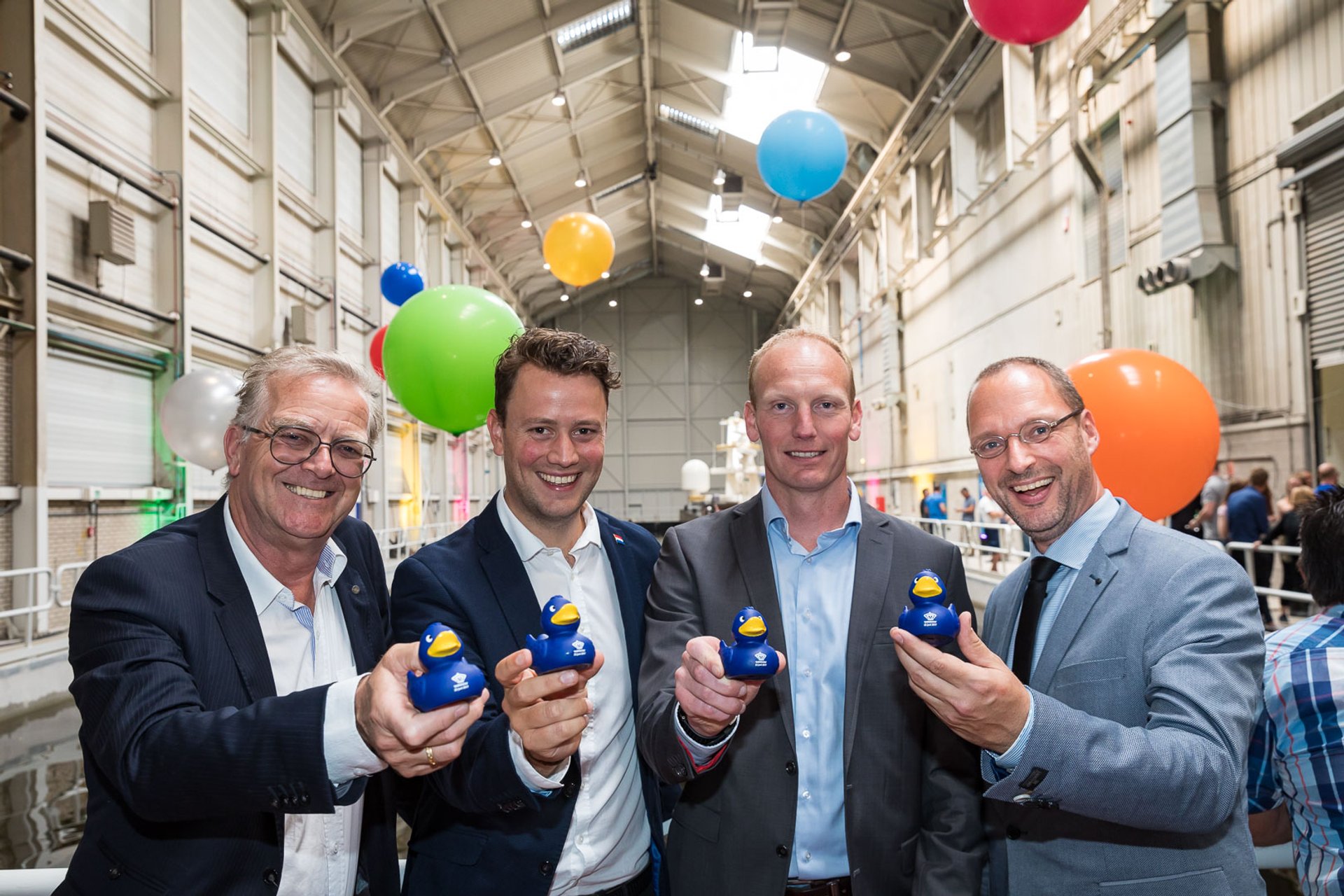
A third dry dock was opened on Friday 23 June at the Feadship yard in Aalsmeer. Dennis van Haasteren, director of Koninklijke De Vries Scheepsbouw, and Henk de Vries III, CEO of the Koninklijke De Vries Scheepsbouw group, performed the official opening duties while technical director Roderick de Vries received loud applause when he dived for the first ‘Dock-Duck’.
The brand-new dry dock replaces the previous slipway, which was only able to accommodate Yachts up to 50 metres in length. The conversion was completed in a record construction time of just five months and three weeks since the last Feadship was launched from the slipway in January. The new dry dock is 76 metres long with a beam of 13 metres, a depth of 5 metres and a capacity of 4940 cubic metres.
This development is another example of how the Feadship yards continuously move forward with the times and the demands of our clients, with Royal Van Lent Shipyard currently building its second Feadship facility in Amsterdam.
History
Feadship historian Huib de Vries takes us on a visual tour into the archives of the De Vries family’s yachtbuilding activities in Aalsmeer, which started way back in 1906...
The first slipway
Old educational displays show how vessels used to be positioned on slipways. This would consist of a fairly narrow plank, equipped with transverse bars (wedges) at even distances to prevent vessels from sliding down. The plank would be greased for smoothness and laid into the water at an angle. Boats would be pulled up with cables and pulleys, or, in the case of smaller craft, often by hand.
The narrow path leading from the Ringvaart to the Kerkwetering canals in Aalsmeer was named helling, or slipway. Two yards operated here at the beginning of the last century, owned by Arie van Dam and Han de Vries. Both featured the characteristic slipway, shown here at Han de Vries’ yard in 1931.
On the rails
Quite early on, yards were installing railways over which iron cradles for the boats could be pulled. One advantage of this mechanism was that yachts could be kept closer to the ground and be less likely to tip over. That is, of course, if the soil did not sink – a fairly common occurrence on the soft peat soil of Aalsmeer. To deal with this likelihood, cross beams were initially placed under the rails, and slipways were later supported on piles.
In 1923, Henk and Johan de Vries, Han’s eldest sons, started their own yard named De Vlijt (characteristically meaning ‘Diligence’) on Oosteinderweg in Aalsmeer. Sixty years later, Henk de Vries wrote the following about the period: “Thanks to the invaluable help of our father, everything – the shed, the slipway, the rails, the cradle and a small winch – was ready on time. We could start our first winter storage season… And the shed was completely full. But how we toiled on that garden soil: the slippery slipway, the light rails, the heavy cradle with old wheels made by Breij the blacksmith.”
In 1929, the inventory of De Vlijt stated the following: 1 winch with wire ƒ40, 5 cradles with rails ƒ500, wooden blocks ƒ50. The latter was necessary to secure the boats on the cradles. This was also done with barrels and crates, as shown in the picture below. When the cradle was brought back up again following the launch of a boat, it would often be covered in mud. A rowing boat was used to collect the wooden blocks that would end up floating around everywhere.
Excavation time
The last rails on the site were dismantled earlier this year, some 94 years after De Vlijt was founded. The slipway in Hall 3 was removed and the area was excavated for the construction of the new Dock III. Rails and cradles were relegated to history on this site for good.
End of an era
The last yacht left the slipway of the Feadship yard in Aalsmeer in January 2017. Joost de Vries, the grandson of one of the founders of the old De Vlijt yard, commemorates this historic event before the slipway was decommissioned and replaced by the new dry dock: One thing never changes at a yard, however: a successful launch is still followed by a hearty toast to the safe voyage of the delivered vessel.

